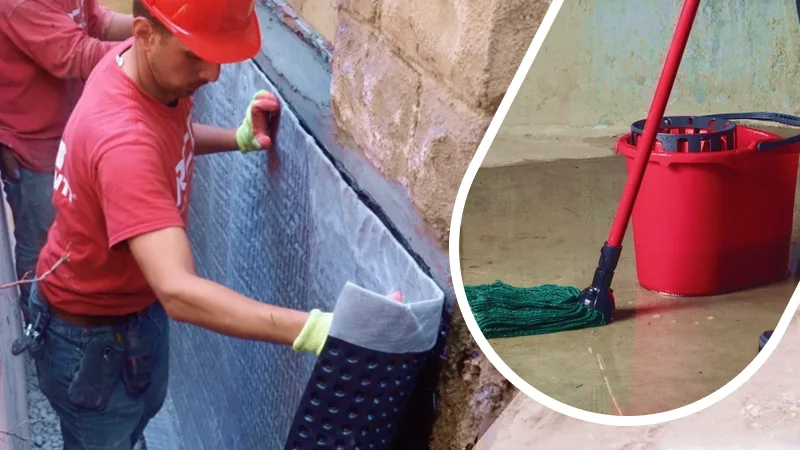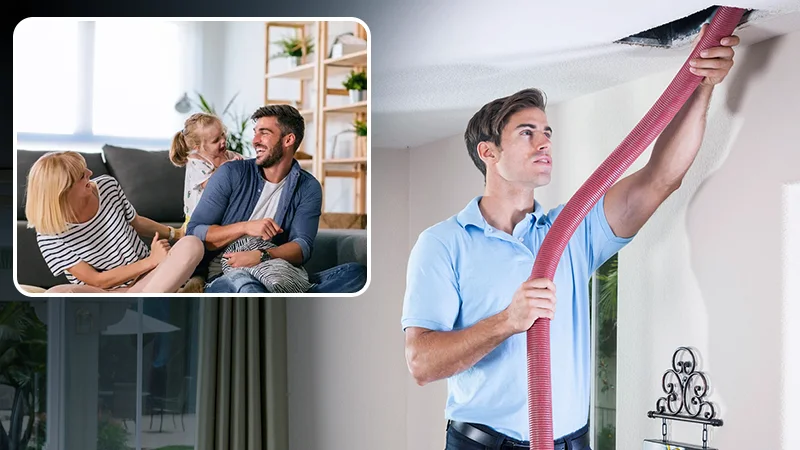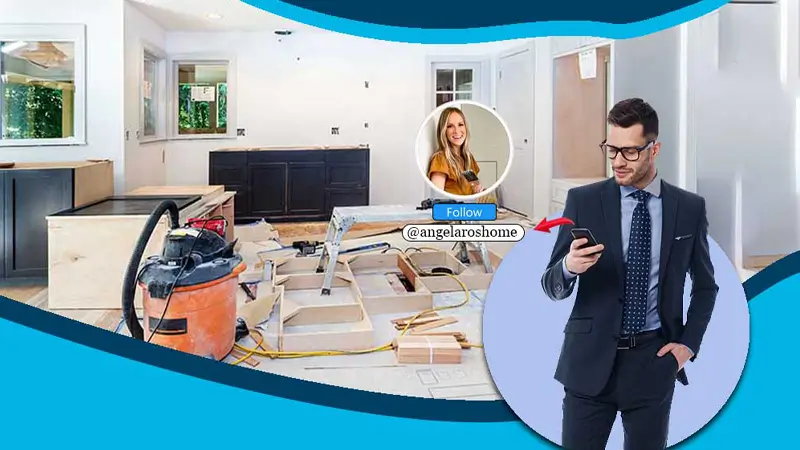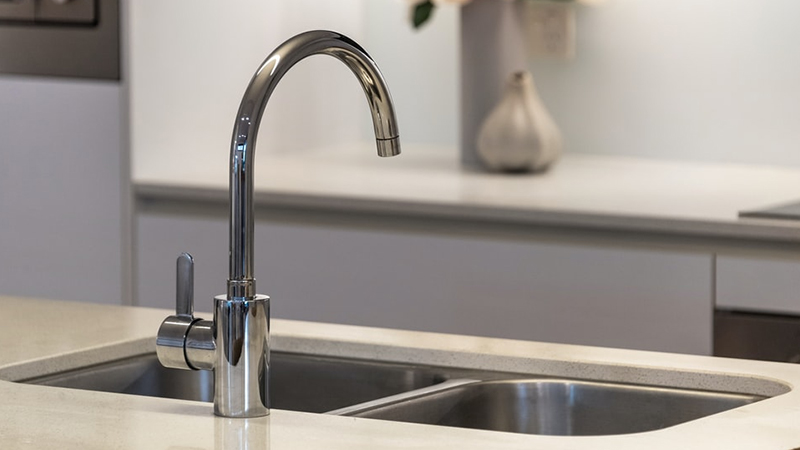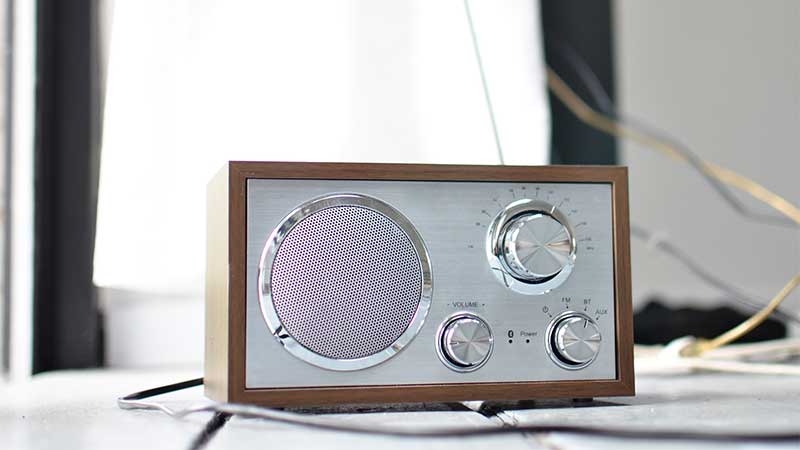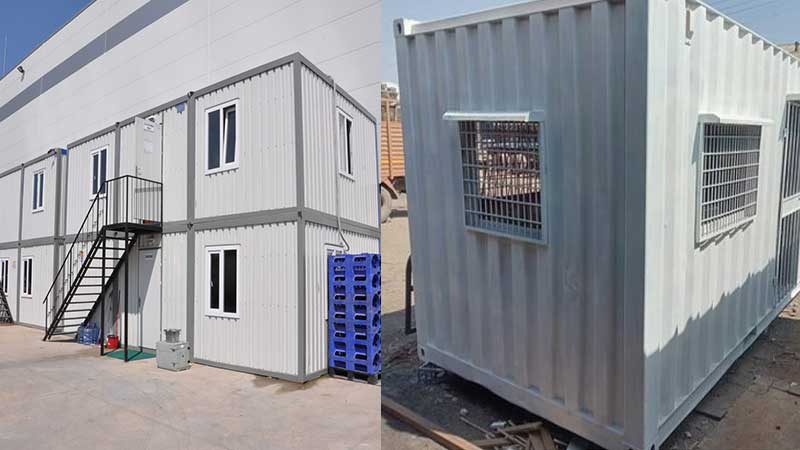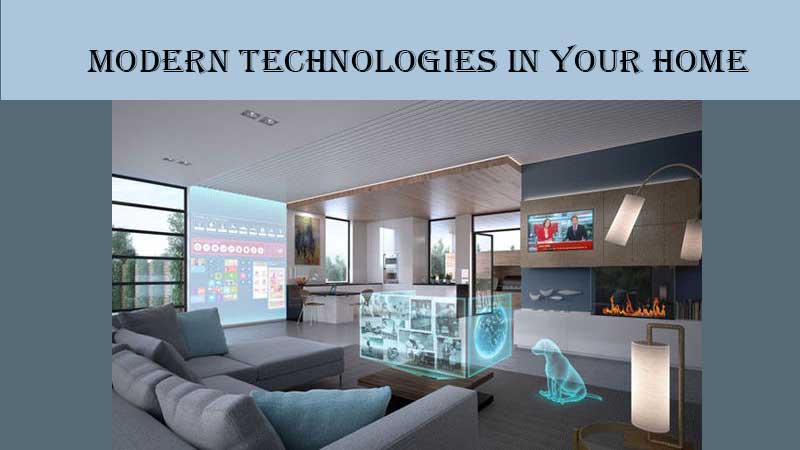The Impact of 3D Visualization in the Interior Designing Sector
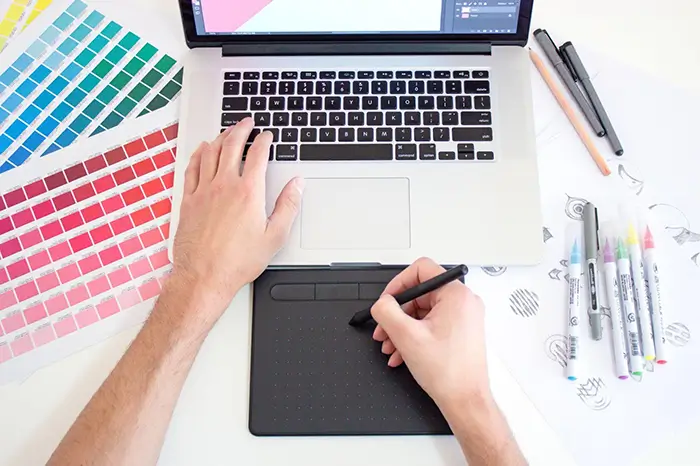
Creating an interior design for a house or apartment has never been easy. Architects and designers were quite limited in the ways they could do it. They relied on illustrations, blueprints, small-scale models, and simplified sketches to explain their final idea. Even though these methods are accurate, they sometimes can’t convey how the design will look in real life.
Thanks to technological progress, we are now capable of digital 3D modeling. This tech solution has played a significant role in the evolution of interior design. All these sketches and blueprints can now be transformed into a full-scale 3D model. If we add augmented reality (AR) to it, we can see the design in action.
There are more ways 3D visualization influenced the interior design sector. In this article, we are going to cover the most notable benefits this technology has brought to the industry.
Also, Read: Home Renovation Content Creators You Should Be Following
Cost- and Time-efficiency
3D rendering services save a lot of time and money for interior designers (and we mean it). Instead of buying physical materials to draw illustrations or build an actual model, you can pay a small subscription fee and use the whole feature set the way you need. Also, you are not limited to one set of materials. During virtual staging, you can change the design in seconds to see multiple options and understand what will work best. No more materials to buy, so the visualization is cheaper, and no additional time to spend on another staging, so it’s faster.
Virtual and Augmented Realities (VR and AR)
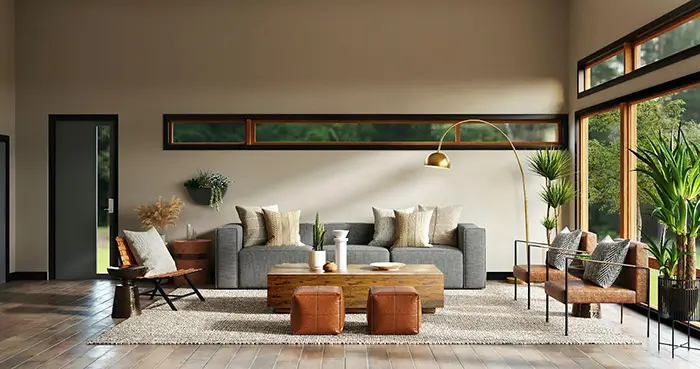
Virtual tours for real estate will never be the same after the introduction of VR and AR. These two technological advancements are relatively young, but they are already taking over the interior design industry.
We have already mentioned how AR can help you: You take a camera (or a smartphone) and film the apartment while a specialized app puts the design elements on the screen. The most famous example of such a solution is IKEA Place. This app can show you what IKEA furniture will look like in your apartment by placing it over the live image of the room.
With VR, you can create a fully digital virtual apartment staging (even more than one) so the clients will see all possible variants in real time and make an informed decision.
Better Relationships with Clients
A good 3D rendering service can produce extremely realistic results. Such a level of detalization and a variety of angles can help you make a positive impression on your clients. Documentation is important, but when you can see your future house almost in real life, it makes a difference.
Also, a virtual house staging built with 3D visualization can improve your communication with clients. It’s not that uncommon for designers to struggle with explaining their ideas and convincing clients that something will work better for them. With virtual means by your side, you can show all your ideas to clients before the actual work starts and polish any detail right away. It increases the trust between you and your clients.
Finally, the service of 3D visualization can become your competitive advantage in the market. A technology like this can attract new clients that want to see it in action. You can also share your renders on social media like Instagram or Twitter or on your website to promote your services.
To Sum It Up
3D visualization technologies work great for the interior design industry and real estate. They provide you with a competitive advantage and a creative way to cut costs and facilitate your work. And your clients get a realistic view of their future house or apartment.
So, if you work with interior design, adopting this technology is one of your best business decisions. Start practicing with free services and then move to more sophisticated platforms with rich feature sets.
Basement Waterproofing Mississauga; Here is Why Your Basement…
The Importance of Air Duct Cleaning
Home Renovation Content Creators You Should Be Following
The Most Functionally Useful QoL Smart Home Devices…
Buying a 24 Inch Sink: What You Need…
Top 3 Home Decor Ideas Using Canvas Prints…
Guide for Hanging Canvas Prints – Essential Tips…
Everything You Need to Know About Canvas Prints
What is the Best Way to Clean a…
Necessary Equipment for Home Radio Stations
What Makes Large Mobile Storage Containers a Wonderful…
Four Top Tips for Must-Have Modern Technologies in…

